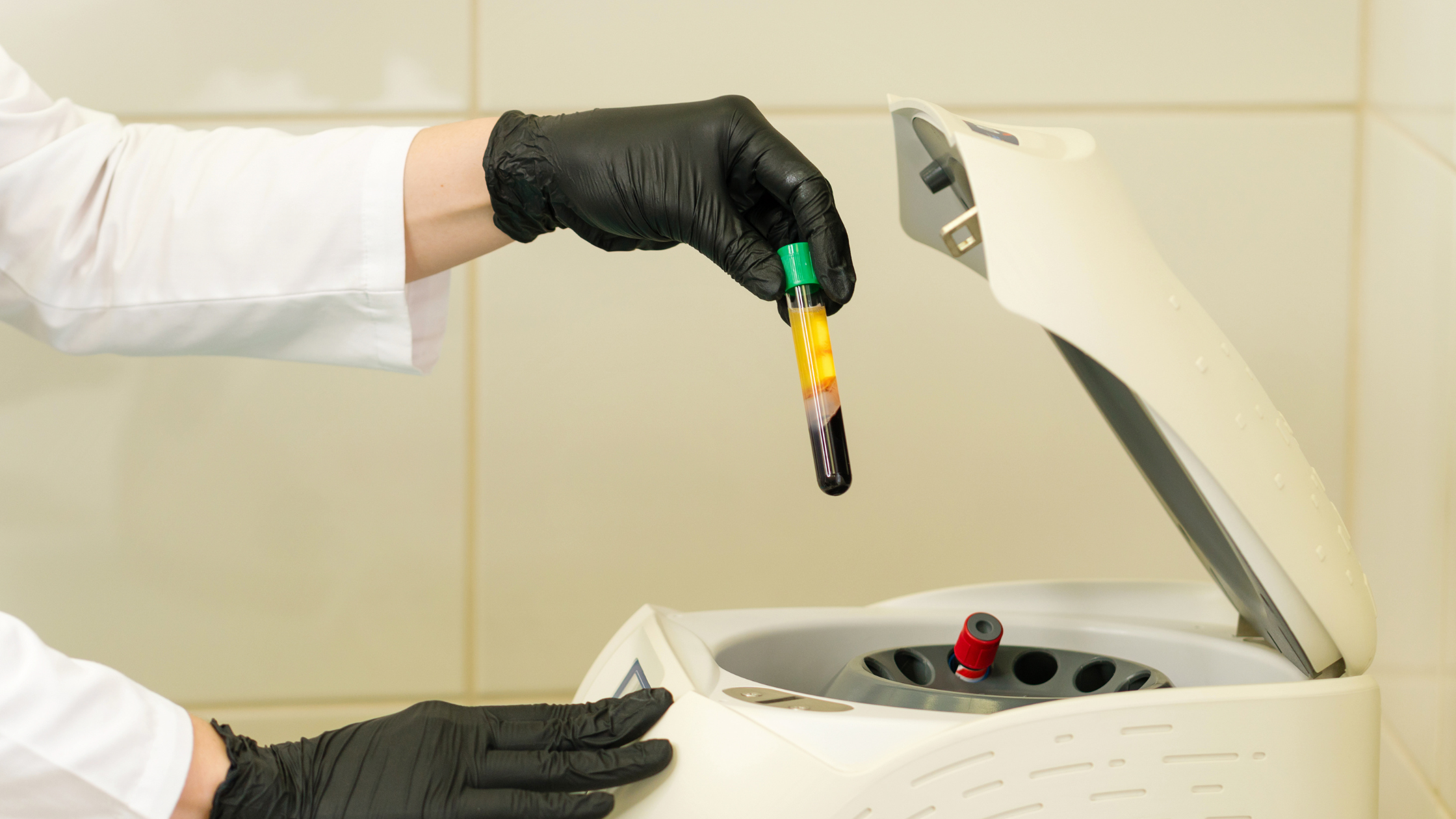
Platelet-Rich Plasma Therapy for Joint Pain
Platelet-rich plasma (PRP) can effectively treat osteoarthritis in the shoulder, hip, thumb or knee. But when it comes to the use of platelet-rich plasma therapy to treat joint pain, one size does not fit all. Plasma carries the hormones, proteins, electrolytes, and nutrients required to reduce the inflammation that causes pain while also providing nourishing cells to support the healing process. However PRP should be customized to the specific joint or tissue being treated to reach its maximum benefit. To be FDA compliant, platelet-rich plasma treatments for orthopedic conditions must be autologous—that means the platelet-rich plasma is the patient’s own and not from donors. A small amount of the patient’s own plasma is drawn and then spun in a centrifuge to isolate the platelets necessary to heal the specific joint being treated. Experienced regenerative medicine specialists know how to determine the correct formulation needed and then use ultrasound guidance to deliver this customized platelet-rich plasma concentration directly to the damaged joint. When reintroduced into the patient, this platelet-rich plasma releases critical growth factors that stimulate healing by increasing the quantity of reparative cells. As these cells multiply, they begin to regenerate damaged cartilage between the joints and reduce painful inflammation. We’ve already stated that PRP needs to be customized to the specific joint being treated, but other factors also play a role in successful treatment. These include: Diet: Because the platelets are drawn from the patient’s own body, their quality can be highly influenced by the patient’s diet. The patient may be advised to eat a folate-rich diet that includes things like spinach, dark, leafy vegetables, kidney beans or oranges since these foods can help blood cells grow more easily. Supplements may also be recommended. DNA: All patient’s platelets are as unique as their own DNA, so underlying genetic factors or blood conditions may impact the specific formulation as well as the overall success of the treatment. Medications: Patients may be advised to stop taking aspirin, blood thinners or other medications that interfere with platelet function. Targeted Delivery: Some practices inject PRP into the joint without using ultrasound to examine the damaged area. This is quite literally “stabbing in the dark.” The best results occur when the treatment is delivered to the damaged area. Technology: Many practices offering PRP do not have the highly specialized equipment necessary to process the patient’s own plasma so they can receive the highest levels of growth factors and proteins that promote tissue repair. The extent of the damage or injury: In some patients, a pre-treatment physical and medical history may reveal that damage to the joint in question may be too advanced for PRP to be considered a viable treatment option. Platelet-rich plasma (PRP) has been practiced for years, having been one of the first biologic therapies used to treat orthopedic conditions. It is both art and science: art in the skill and expertise of knowing exactly where to deliver the treatment; and science in knowing how to formulate a specifically customized concentration of PRP to achieve maximum benefit. When administered correctly under the right protocols, most patients gain relief within two to six weeks following PRP therapy and do not require any additional care. And since the procedure is outpatient, there is no need for hospitalization or lengthy rehab. Nothing more than ice and rest are needed to minimize discomfort as the body begins to heal itself immediately after injection and patients are often able to resume normal activities within days. Physical therapy may also be recommended to regain joint mobility and strength. Contact us today to learn more about PRP Therapy for Joint Pain at First State Orthopaedics.How PRP Works
Key Factors that Impact Platelet-Rich Plasma Therapy
How Effective is Platelet-Rich Plasma Therapy?
Quick Links
Schedule an Appointment
* indicates a required field.
